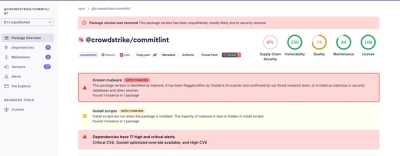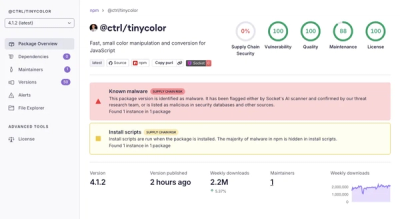@tokens-studio/graph-editor


Description
Graph editor component
Installation
To use the @tokens-studio/graph-editor package in your project, you can install it via npm:
npm install @tokens-studio/graph-editor
Basic Usage
To use the exported editor component, make sure to import the global styles as well:
import React from 'react';
import { Editor } from '@tokens-studio/graph-editor';
import '@tokens-studio/graph-editor/dist/index.css';
function App() {
return (
<div>
<Editor />
</div>
);
}
export default App;
API
The Editor component allows you to build and manage token resolver graphs in your application. Below is an example of how to use the Editor component along with its API.
import React, { useRef } from 'react';
import { Editor } from '@tokens-studio/graph-editor';
import '@tokens-studio/graph-editor/index.css';
function MyGraphEditor() {
const editorRef = useRef(null);
const handleSave = () => {
const editorState = editorRef.current.save();
console.log(editorState);
};
const handleLoad = () => {
const data = ;
editorRef.current.load(data);
};
return (
<div>
<Editor ref={editorRef} />
{/* Buttons to trigger the save and load functions */}
<button onClick={handleSave}>Save Graph</button>
<button onClick={handleLoad}>Load Graph</button>
</div>
);
}
In the example above, we use the useRef hook to create a reference to the Editor component. This allows us to interact with the editor imperatively using the save() and load() functions.
save(): The save() function is called on the Editor component's ref, and it returns the current state of the editor. The state includes information about nodes, edges, and node states.
load(): The load(data) function allows you to load a specific graph data into the editor. You can fetch the data from an external source or use data from a previously saved state.
Development
We need to force the cypress react selector to use a version of resq that supports 18.2.0. This is done through resolutions and by manually adding it as a dev dependency





